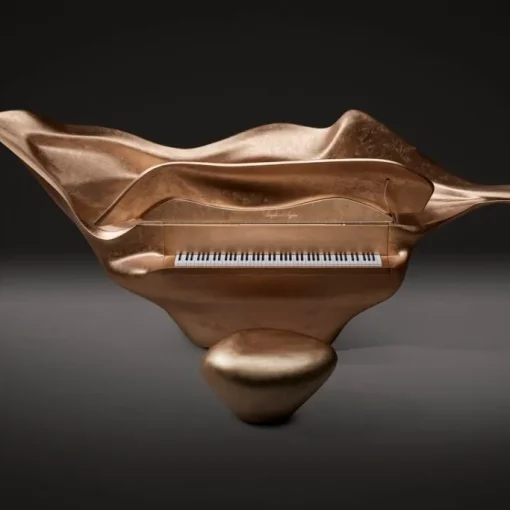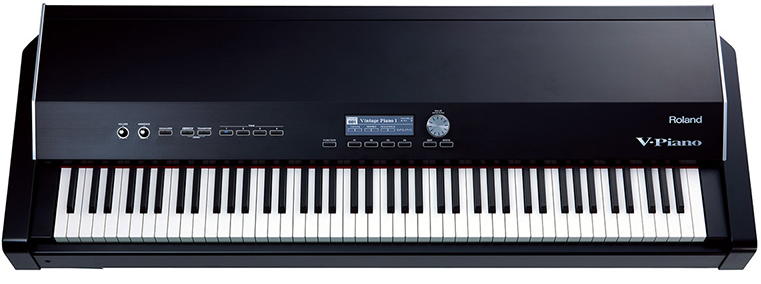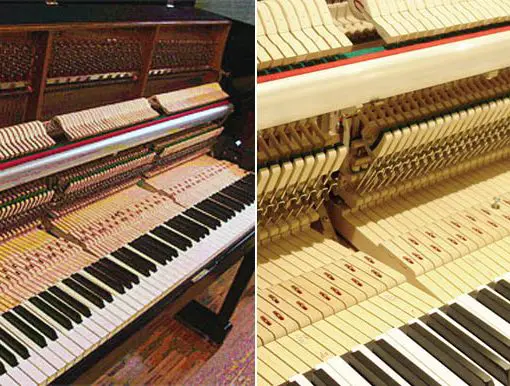
Have you ever sat at a highly polished grand piano and looked at your hands reflected in the lacquered board in front of you? Or seen yourself reflected as you play?
MirrorFugue is a collaborative project between Chinese pianist Xiao Xiao and the MIT Media Lab which offers pianists an opportunity to see themselves or another player reflected in front of them.
It features two modes. Reflection mode shows the mirrored keyboard plus the hands of a performance – perhaps one recorded earlier by the same or different performer, or even with the possibility of a live collaboration.
Organ mode displays an unaltered, top-down image of another piano keyboard, so you have an effect much like that of two keyboard levels as found on an organ.
“MirrorFugue can be used in remote lessons to enable teachers and students to see each other’s playing. It could also be used to playback recordings of the self and others. A student can use MirrorFugue for practice support by recording a portion of a piece playing a duet with the recording. By displaying the body and the hands at full scale on the surface of the instrument, MirrorFugue evokes the presence of a pianist with a sense of intimate emotional expression.”
Perhaps the best way to understand this is to watch the demonstration video below. What I’m not totally clear about is how much of this is illusion and how much is the system working normally. For example, watch what happens when a reflection is being played back. The video shows the keys being depressed. I can’t see any mention of this happening in the prototype version – presumably the only way to make this work would be to use a player piano, or otherwise find a way of manipulating the keys from within the piano in line with the recorded performance. My understanding is that on a normal piano, you simply see a projection of the hands and fingers on the key surface, but the keys aren’t automatically depressed.
Either way, it’s a great system and could be really useful in an education environment.



